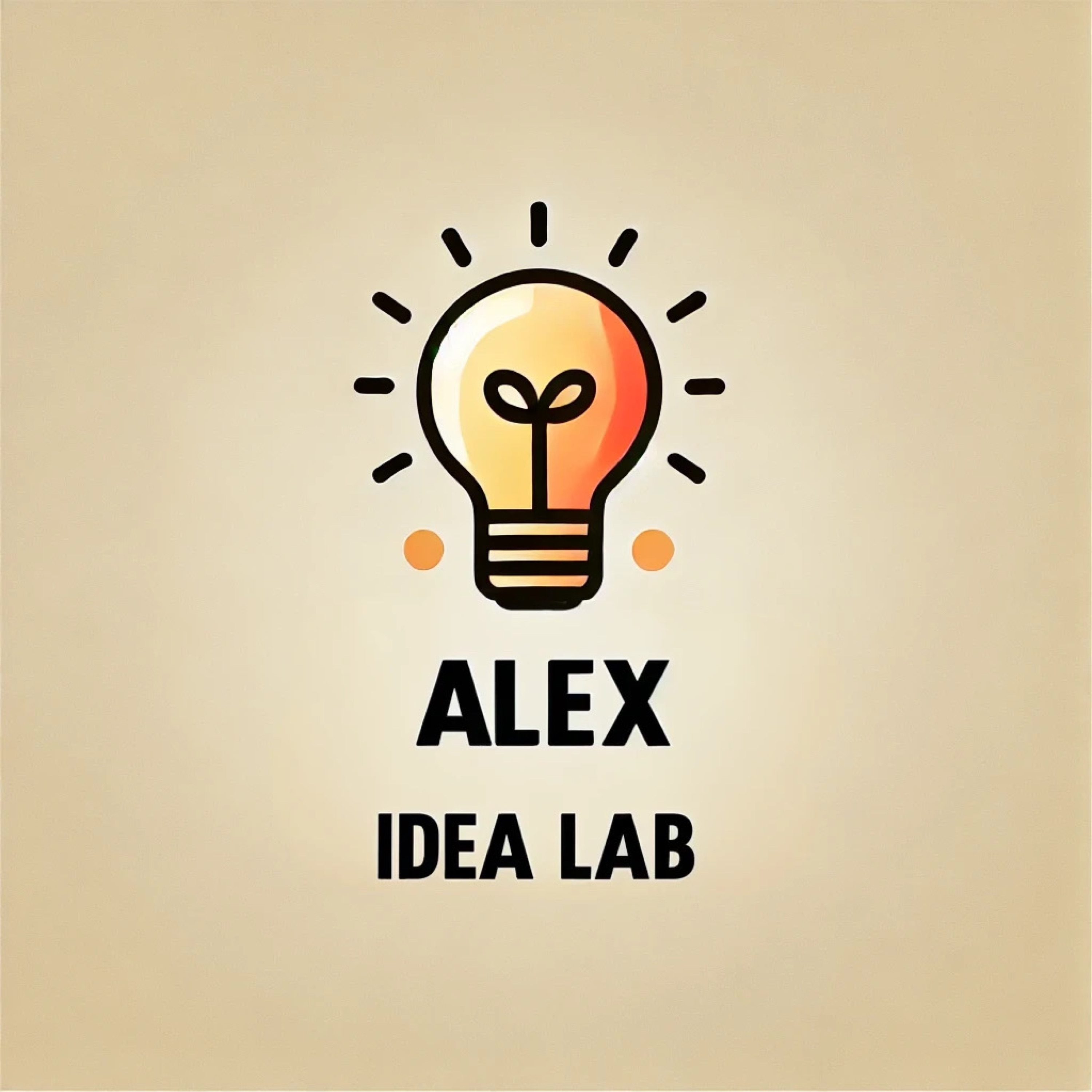
Deep Dive
What is the significance of DeepSeek V3's 671 billion parameters in the AI landscape?
DeepSeek V3's 671 billion parameters make it one of the largest AI models available, surpassing Meta's Llama 3.1, which has 405 billion parameters. This massive scale allows DeepSeek V3 to handle complex tasks like text generation, translation, and more with high efficiency, positioning it as a strong competitor to models like GPT-4.
How does DeepSeek V3's MoE architecture contribute to its efficiency?
DeepSeek V3 uses a Mixture of Experts (MoE) architecture, which activates only the necessary parameters for each specific task. This approach reduces computational load and energy consumption, making the model more efficient and scalable for a wide range of applications.
What are the potential business models for DeepSeek V3 given its open-source nature?
DeepSeek V3 can monetize through premium support services, specialized training for developers, and custom model development. Additionally, it can offer a freemium model where basic features are free, but advanced functionalities require payment, leveraging its open-source community for continuous improvement and innovation.
What challenges does DeepSeek V3 face in competing with established AI models like GPT-4?
DeepSeek V3 faces challenges in differentiating itself from established models like GPT-4, especially in a highly competitive market. Its open-source strategy, while innovative, risks exposing its core technology to competitors, making it harder to maintain a unique value proposition.
How does DeepSeek V3's open-source strategy impact its data collection and model improvement?
DeepSeek V3's open-source strategy allows it to gather extensive data on how users interact with the model. This feedback loop helps improve the model and create specialized versions for specific needs, leveraging the collective intelligence of the open-source community for continuous innovation.
What are the implications of DeepSeek V3's occasional identity confusion with models like GPT-4?
DeepSeek V3's occasional identity confusion with models like GPT-4 raises questions about the data it was trained on. This suggests it may have been trained on datasets that include outputs from other models, highlighting the complexities and unknowns in how large AI models are developed and trained.
How does DeepSeek V3's MoE architecture enhance its performance in technical document translation?
DeepSeek V3's MoE architecture allows it to activate only the relevant parameters for technical document translation, ensuring high accuracy and efficiency. This targeted approach reduces computational overhead and improves performance, making it ideal for complex tasks like translating technical documents between languages.
What are the computational challenges involved in training a model as large as DeepSeek V3?
Training DeepSeek V3, with its 671 billion parameters, requires massive computational resources, including supercomputers and extensive data processing capabilities. The model is trained on diverse datasets, including books, articles, code, and social media posts, necessitating significant effort in data cleaning and validation to ensure accuracy.
How does DeepSeek V3's open-source strategy foster community and innovation?
DeepSeek V3's open-source strategy fosters a large, active community of developers and users who contribute to its improvement and innovation. By making the model freely available, DeepSeek taps into collective intelligence, driving continuous advancements and creating specialized versions tailored to specific needs.
What is the potential impact of DeepSeek V3's open-source approach on the AI industry?
DeepSeek V3's open-source approach could disrupt the AI industry by lowering barriers to entry and fostering widespread innovation. It challenges established players like OpenAI and Google, potentially accelerating the development of new AI applications and democratizing access to advanced AI technologies.
- DeepSeek V3参数规模达6710亿,超越Meta Llama 3.1
- 采用MoE架构,实现高效能计算
- 开源策略或引发创新浪潮,挑战主流AI公司
- 存在身份识别问题,模型训练数据特征有待探讨
Shownotes Transcript
开源AI正在重塑人工智能的发展格局。来自中国的DeepSeek V3以6710亿参数规模和开源策略,正在挑战GPT-4等主流大模型。本期节目,我们将深入解读DeepSeek的技术创新、商业模式以及其在全球AI竞争中的战略布局。
主播
Alex,Emily
主要话题
00:00 开场:DeepSeek V3的市场定位及其在全球AI竞争中的重要性
00:23 战略定位:中国AI企业进军全球市场的信号
00:44 技术实力:671B参数规模超越Meta Llama 3.1,在多项基准测试中表现出色
01:13 MoE架构:混合专家系统架构创新,实现高效能计算
02:11 模型特点:探讨模型训练数据特征,以及模型偶尔出现的身份识别问题
02:39 行业影响:开源策略可能引发的创新浪潮,对主流AI公司的挑战
03:05 商业模式:探讨开源模型的盈利机制,包括高级支持服务和定制化方案
05:43 性能评测:深入分析DeepSeek V3在AI基准测试中的表现
06:32 技术应用:以技术文档翻译为例,展示MoE架构的实际应用优势
10:23 模型训练:探讨大规模模型训练的挑战,包括数据筛选和算力需求
13:24 发展前景:分析数据价值和社区建设对商业成功的重要性
在这期节目中,我们不仅展示了DeepSeek V3在技术上的创新突破,还探讨了开源战略对AI行业发展的深远影响。欢迎在评论区分享你的观点:开源策略能否帮助DeepSeek在全球AI竞争中脱颖而出?你认为开源AI的未来发展方向是什么?